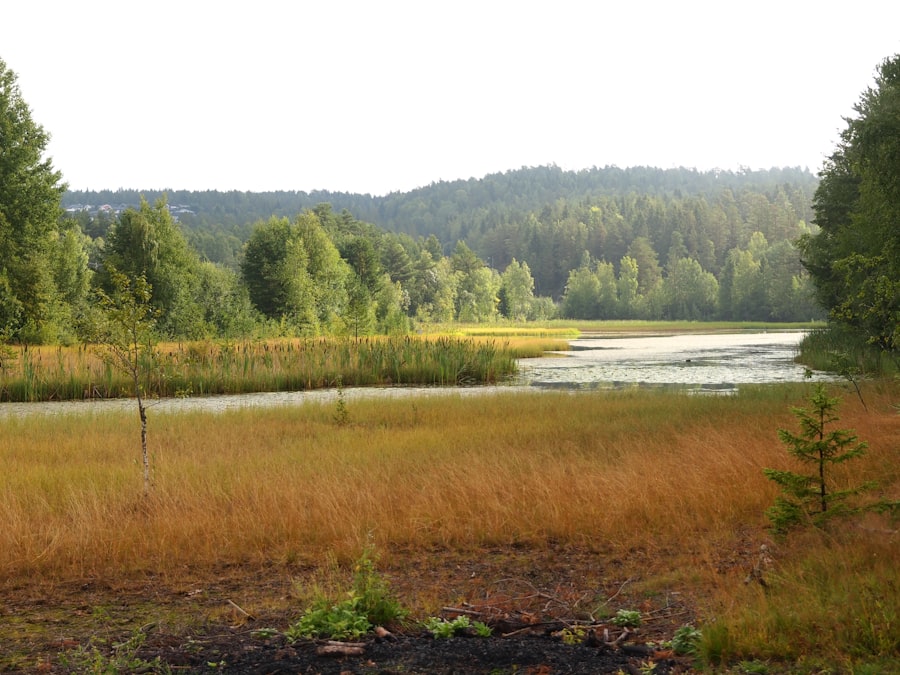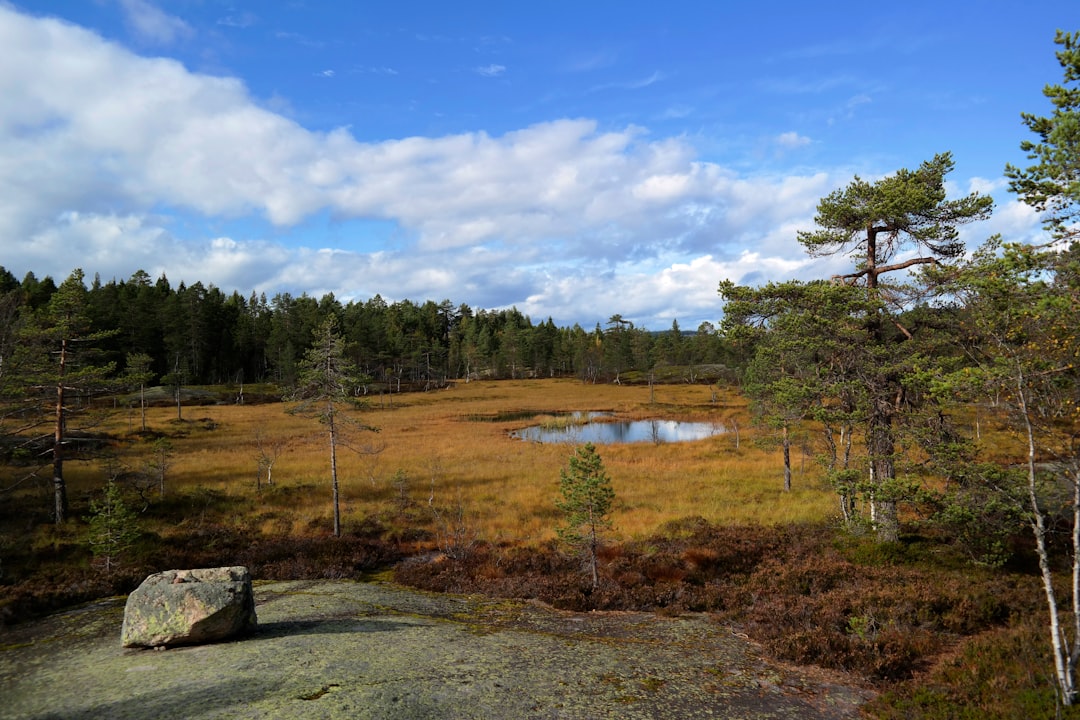Norway is a land of stunning landscapes, rich history, and a vibrant culture, but one of its most fascinating aspects is its linguistic diversity. The country boasts a multitude of dialects, each with its own unique characteristics and nuances. For newcomers, understanding these dialects can be both a challenge and an opportunity.
The Norway Relocation Group is here to assist you in navigating this intricate linguistic landscape, ensuring that your transition to life in Norway is as smooth as possible. By providing resources, guidance, and support, we aim to help you feel at home in your new environment, making the process of adapting to Norwegian culture more enjoyable. As you embark on your journey in Norway, it is essential to appreciate the significance of dialects in everyday communication.
Dialects are not merely variations of a language; they are a reflection of the identity and heritage of the people who speak them. In Norway, dialects can vary significantly from one region to another, influenced by geography, history, and social factors. Understanding these dialects will not only enhance your communication skills but also deepen your connection to the local culture.
With the right resources and support from the Norway Relocation Group, you can confidently engage with locals and immerse yourself in the rich tapestry of Norwegian life. Plan your relocation with confidence. Book a personal meeting with the Norway Relocation Group today.
Summary
- Norwegian dialects vary greatly across different regions, making it important for newcomers to understand the nuances of local speech.
- Pronunciation and vocabulary differences can pose challenges for communication, but embracing the diversity of Norwegian dialects can lead to a richer cultural experience.
- Major Norwegian dialects include Eastern, Western, and Northern dialects, each with their own unique characteristics and influences.
- Adapting to different dialects involves actively listening, asking questions, and being open to learning new words and expressions.
- Understanding the cultural and regional influences on dialects can help newcomers navigate Norwegian language diversity with confidence.
The Importance of Understanding Dialects for Newcomers
For newcomers to Norway, grasping the nuances of local dialects is crucial for effective communication. While many Norwegians speak English fluently, especially in urban areas, the ability to understand and engage with the local dialect can significantly enhance your experience. Dialects often carry cultural connotations and local expressions that may not be present in standard Norwegian.
By familiarising yourself with these variations, you can avoid misunderstandings and foster deeper connections with the people around you. Moreover, understanding dialects can help you navigate social situations more comfortably. In Norway, conversations often involve playful banter and regional references that may be lost on someone unfamiliar with the local dialect.
By taking the time to learn about these linguistic differences, you will not only improve your language skills but also demonstrate respect for the local culture. The Norway Relocation Group can provide you with tailored resources and support to help you grasp these dialects, ensuring that you feel confident and included in your new community.
Overview of Major Norwegian Dialects

Norwegian is primarily divided into two written forms: Bokmål and Nynorsk. However, spoken Norwegian is characterised by a rich variety of dialects that can differ dramatically even within short distances. The major dialect groups include Eastern Norwegian, Western Norwegian, Northern Norwegian, and Trøndersk.
Each of these groups has its own distinct features, making the study of Norwegian dialects an intriguing endeavour. Eastern Norwegian dialects are predominantly spoken in and around Oslo and are often considered the standard for Bokmål. These dialects tend to be more uniform and are widely understood across the country.
In contrast, Western Norwegian dialects are known for their melodic intonation and unique vocabulary. Regions such as Bergen and Stavanger showcase a variety of dialects that can be challenging for newcomers to decipher. Northern Norwegian dialects, found in areas like Tromsø and Bodø, are influenced by the indigenous Sámi language and feature distinct pronunciation patterns.
Lastly, Trøndersk dialects from the central region of Norway have their own unique charm and quirks. Understanding these major dialect groups will provide you with a solid foundation for navigating conversations in your new home.
Pronunciation and Vocabulary Differences
One of the most striking aspects of Norwegian dialects is the variation in pronunciation and vocabulary. For instance, while Bokmål may use the word “bok” (book), some dialects might use “bøker” or “boka” depending on regional influences. Pronunciation can also vary significantly; for example, the letter “r” may be rolled or pronounced differently across various regions.
This diversity can pose challenges for newcomers trying to communicate effectively. Additionally, certain words may have entirely different meanings depending on the dialect spoken. For example, the word “kose” means “to cuddle” in many areas but can also refer to having a good time or enjoying oneself in others.
Such differences highlight the importance of being aware of regional variations when engaging with locals. The Norway Relocation Group can assist you in identifying these differences through tailored language resources and practical exercises that will help you become more comfortable with various pronunciations and vocabulary.
Tips for Communicating with Locals in Different Dialects
When communicating with locals who speak different dialects, it is essential to approach conversations with an open mind and a willingness to learn. One effective strategy is to listen actively and pay attention to context clues that can help you decipher unfamiliar words or phrases. Engaging in conversations with native speakers will not only improve your language skills but also provide valuable insights into local customs and traditions.
Another helpful tip is to ask questions when you encounter unfamiliar terms or expressions. Most Norwegians are proud of their dialects and are often eager to share their linguistic heritage with newcomers. By showing genuine interest in their way of speaking, you will foster goodwill and create opportunities for meaningful interactions.
The Norway Relocation Group can facilitate language exchange opportunities or connect you with local language partners who can help you practice your skills in a supportive environment.
Understanding Cultural and Regional Influences on Dialects

The diversity of Norwegian dialects is deeply intertwined with the country’s cultural and regional influences. Each dialect reflects the history, geography, and social dynamics of its respective area. For instance, coastal communities may have developed unique vocabulary related to fishing and maritime activities, while inland regions might have terms specific to agriculture or forestry.
Moreover, historical events such as migration patterns and trade routes have shaped the evolution of dialects over time. Understanding these cultural contexts will enrich your appreciation for the language and its speakers. As you immerse yourself in Norwegian life, consider exploring local traditions, festivals, and customs that are often tied to specific dialects.
The Norway Relocation Group can provide resources on cultural events and activities that will enhance your understanding of regional influences on language.
Resources for Learning Norwegian Dialects
To effectively learn about Norwegian dialects, it is essential to access quality resources that cater to your specific needs as a newcomer. Language courses focused on dialects can provide structured learning experiences that emphasise pronunciation, vocabulary differences, and conversational skills. The NLS Norwegian Language School in Oslo offers comprehensive courses designed to help learners navigate the complexities of Norwegian dialects while building confidence in their language abilities.
In addition to formal courses, there are numerous online resources available for self-study. Websites, podcasts, and language exchange platforms can offer valuable insights into different dialects through authentic materials such as videos and audio recordings featuring native speakers. Engaging with these resources will allow you to practice listening skills and gain exposure to various dialects at your own pace.
Common Misunderstandings and How to Navigate Them
As you interact with locals speaking different dialects, misunderstandings may arise due to pronunciation differences or unfamiliar vocabulary. It is important to remain patient and open-minded when faced with such challenges. If you find yourself struggling to understand a particular phrase or word, do not hesitate to ask for clarification or repetition.
Additionally, be aware that some words may have different meanings depending on the context or region. For example, a term that seems innocuous in one area might carry a different connotation elsewhere. By approaching conversations with curiosity rather than frustration, you will create an atmosphere conducive to learning and connection.
The Norway Relocation Group is here to support you through these challenges by providing guidance on common pitfalls and strategies for effective communication.
Embracing the Diversity of Norwegian Dialects
Embracing the diversity of Norwegian dialects is an enriching aspect of your journey in Norway. Each dialect offers a glimpse into the unique identity of its speakers and contributes to the overall cultural mosaic of the country. By appreciating this diversity, you will not only enhance your language skills but also develop a deeper understanding of what it means to be part of Norwegian society.
Participating in local events or joining community groups can provide opportunities to engage with speakers from various regions, allowing you to experience firsthand the richness of their linguistic heritage. The Norway Relocation Group encourages newcomers to actively seek out these experiences as a way to foster connections and build friendships within their new community.
Strategies for Adapting to Different Dialects
Adapting to different Norwegian dialects requires a proactive approach and a willingness to immerse yourself in the language environment around you. One effective strategy is to practice listening skills by consuming media in various dialects—such as films, music, or radio broadcasts—so that you become accustomed to different pronunciations and speech patterns. Additionally, consider participating in language exchange programmes where you can converse with native speakers who are eager to help you improve your skills while sharing their own experiences with different dialects.
Engaging in regular conversations will not only boost your confidence but also provide valuable insights into local customs and expressions that may not be covered in formal language courses.
Navigating Norwegian Dialects with Confidence
Navigating the diverse landscape of Norwegian dialects may seem daunting at first, but with the right resources and support from organisations like the Norway Relocation Group, you can approach this challenge with confidence. By understanding the importance of dialects in communication and embracing their cultural significance, you will enrich your experience as a newcomer in Norway. As you embark on this linguistic journey, consider enrolling in courses at the NLS Norwegian Language School in Oslo, where expert instructors will guide you through the intricacies of various dialects while helping you build essential language skills.
With dedication and practice, you will soon find yourself engaging comfortably with locals across different regions, forging connections that will make your time in Norway truly memorable. Embrace this opportunity for growth and exploration as you navigate the beautiful tapestry of Norwegian language and culture!

